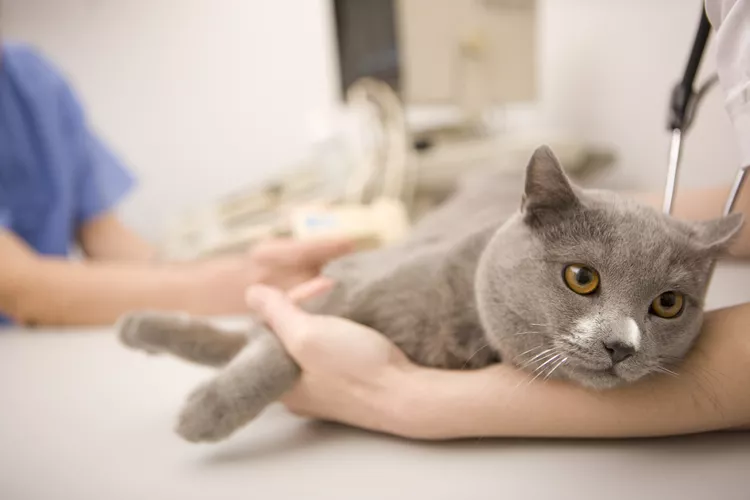
Expressing your cat's anal glands may need to be a routine practice especially if your veterinarian has recommended regular anal gland expressions for your cat. You can learn to perform the procedure at home (assuming your cat is cooperative) and save some money.
A cat's anal glands naturally express a scent-marking liquid when they defecate. Sometimes an impaction may occur that prevents the fluid from escaping and may need your help with their anal glands. This impaction can be painful for your cat and lead to further problems like infections.
It's not the most enjoyable experience for you or the cat, and it can be messy, so there's no need to be embarrassed if you decide to leave this job to the professionals.
It is important to understand the function of anal glands (also known as anal sacs) in cats. They are small structures located on both sides of the anus at roughly the 5 and 7 o'clock positions. Tiny ducts beneath the skin lead to openings next to the anus.
In cats, the glands' purpose is to leave a powerful territorial scent message via anal sac secretions that are applied to feces. A cat's healthy, firm feces "milk" the anal glands while passing through the anus. Cats may also spontaneously express anal sac secretions when excited or frightened.
Unfortunately, some health problems prevent this normal process from occurring. For example, obesity, chronically soft stools due to a poor diet, or gastrointestinal disorders may hinder the normal stimulus for anal gland expression. Weight loss and/or increasing fecal bulk and firmness (with a high-fiber diet or supplement, for example) may help, but manually expressing the gland can also be necessary to prevent anal gland problems such as impaction and infection.
Signs that you may need to express the glands manually include redness in the area and the cat scooting around or licking excessively.
Do not express your cat's anal glands without first consulting with your veterinarian. Problems such as anal gland infections and tumors require additional treatment.
You will likely need the help of another person to hold the cat while you perform the procedure. Have them hold the cat from the front (so it's facing away from you) with a reassuring touch.
Be sure that both of you remain calm and talk softly to your cat to reduce as much stress as possible. Offering treats as a distraction will help as well.
Hold the cat's tail up. Locate the anal glands at roughly the 5 and 7 o'clock positions on either side of the anal opening. When full, they tend to feel like soft but firm peas or jelly beans.
Using either the index fingers of both hands or the thumb and index finger of one hand, place your fingers on the outside bottom of the sacs. Gently press inward and upward at the same time until the gland releases its contents and is empty. Repeat on the other side.
Clean the anal area with moist wipes or a damp paper towel. Give the cat a final treat and release it. Remove the surgical gloves, wrap them up along with the used moist wipes in the newspaper, and discard them. Give your partner a high-five and celebrate!
If you were not successful, make an appointment with your veterinarian to have them express your cat's anal glands. When you go into the office, ask the vet to coach you on the procedure so you can try again the next time it's needed. Be sure to get a few tips on restraining and distracting your cat as well.
Your veterinarian can also check for evidence of anal gland disease, including:
Cats with recurrent anal sac impactions or inflammation may be treated with surgical removal of the anal sac. Anal gland tumors, which are not common, will also be treated by removal of the whole sac.

Exploring the Different Types of Pet-Friendly Beaches
Are you looking for pet-friendly beaches? Learn about the different types of pet-friendly beaches, their locations, and tips for visiting them with your pet.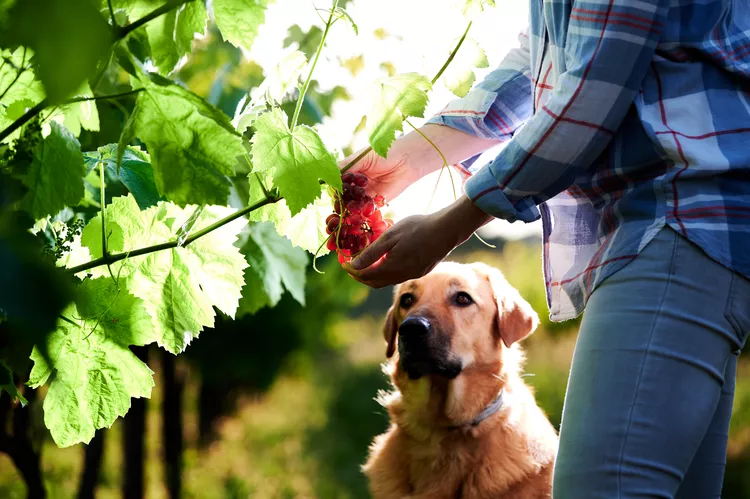
Exploring Pet-Friendly Wineries: Types, Locations, and More
Discover the different types of pet-friendly wineries, where to find them, and what to expect when you visit. Learn more with The Spruce Pets.
Why Is My Dog’s Eye Swollen?
If your dog's eye is swollen, she may need veterinary attention. The inflammation could be caused by allergies, an injury, or even a tumor.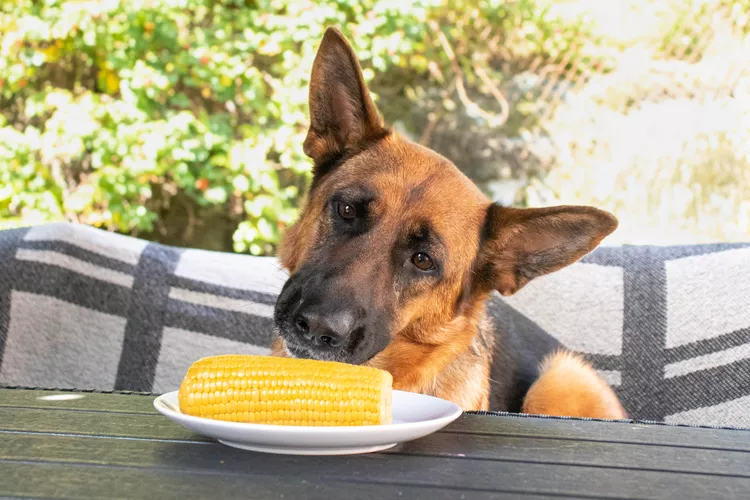
Can Dogs Eat Corn on the Cob?
Dogs love chewing on corn cobs, but this can cause serious harm. Learn about the dangers of corn cobs and find out what to do if your dog eats one.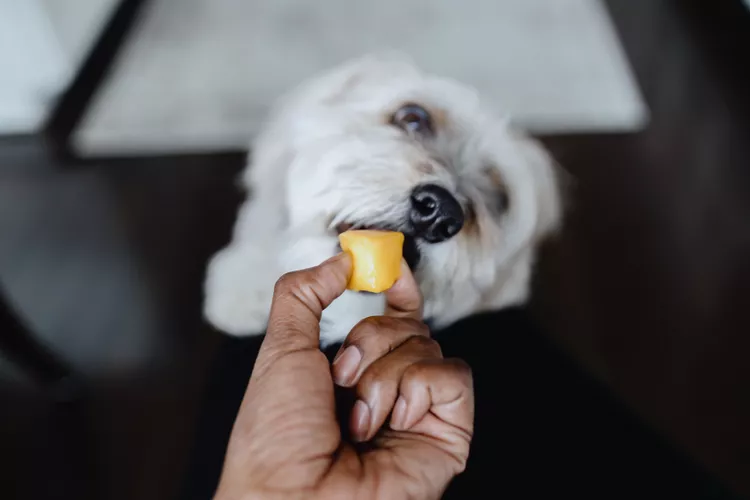
Can Dogs Eat Papaya? What to Know About Sharing This Tropical Fruit With Your Pup
Papaya is safe for dogs in moderation, and it can even provide some nutritional value for them. However, too much can cause digestive upset, and it's not suitable to share with dogs with certain health conditions.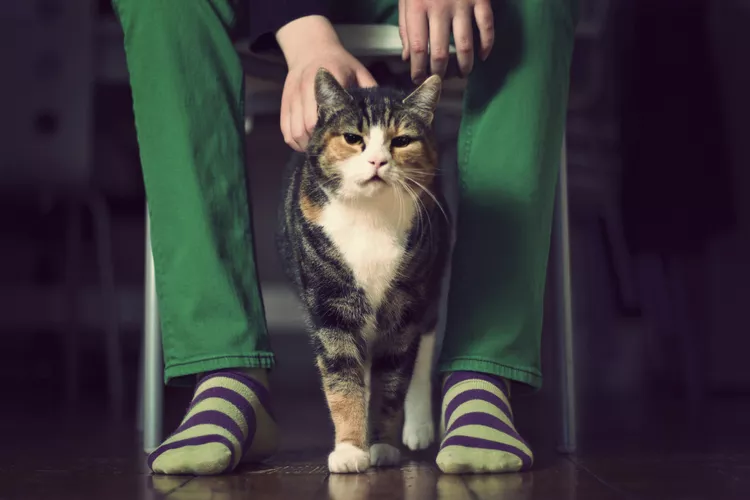
65 Irish Cat Names
Irish cat names can pay homage to historical places, local cuisine, famous Irish actors and musicians, or other wonderful aspects of the Emerald Isle.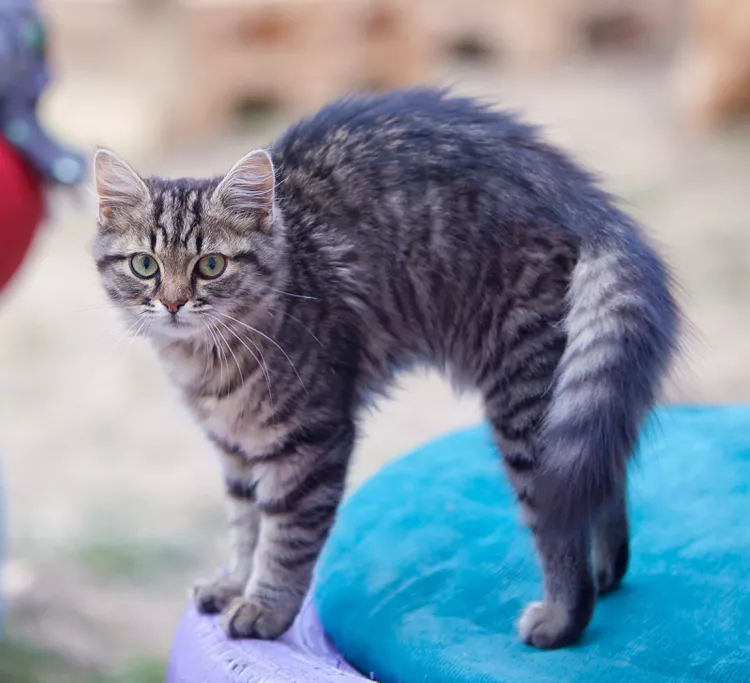
Feline Hyperesthesia Syndrome (FHS) in Cats
Rippling skin is more than dermal sensitivity in cats. It can be a sign of Feline Hyperesthesia Syndrome. Learn the causes, treatment, and prevention.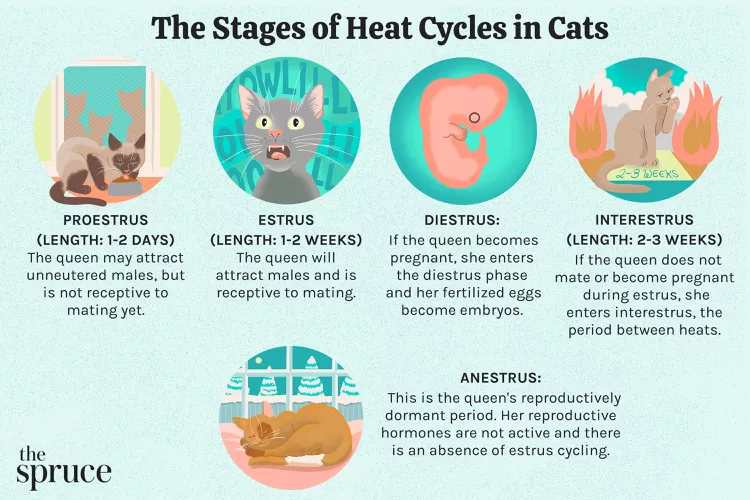
How Long Are Cats in Heat?
How long are cats in heat? Learn about the heat cycles of cats, also called estrus, as well as the reasons you should spay your cat.
Can Dogs Eat Raw Chicken Feet?
What are the potential health benefits of chicken feet for dogs? What are the risks?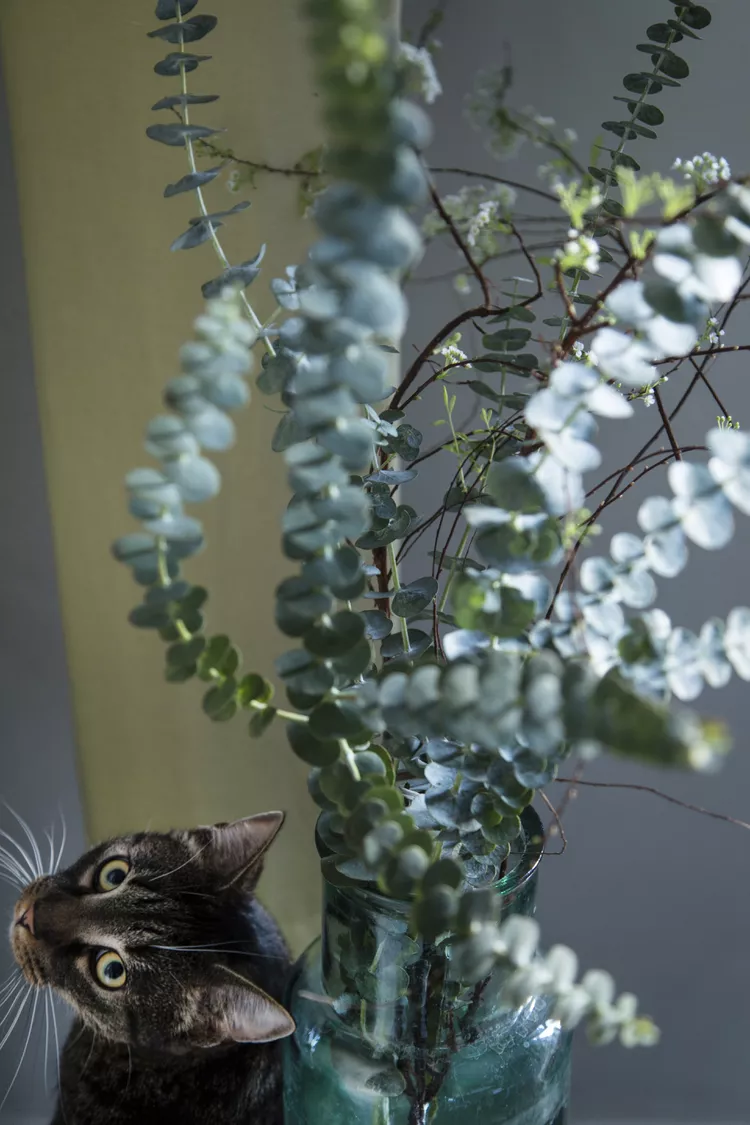
Is Eucalyptus Safe for Cats?
Many products containing eucalyptus are not safe for cats, and it is important to be aware of the risks to your cat.
What You Need to Know About Homemade Cat Food
If you want to cook for your cat, make sure to read about the risks associated with homemade diets for cats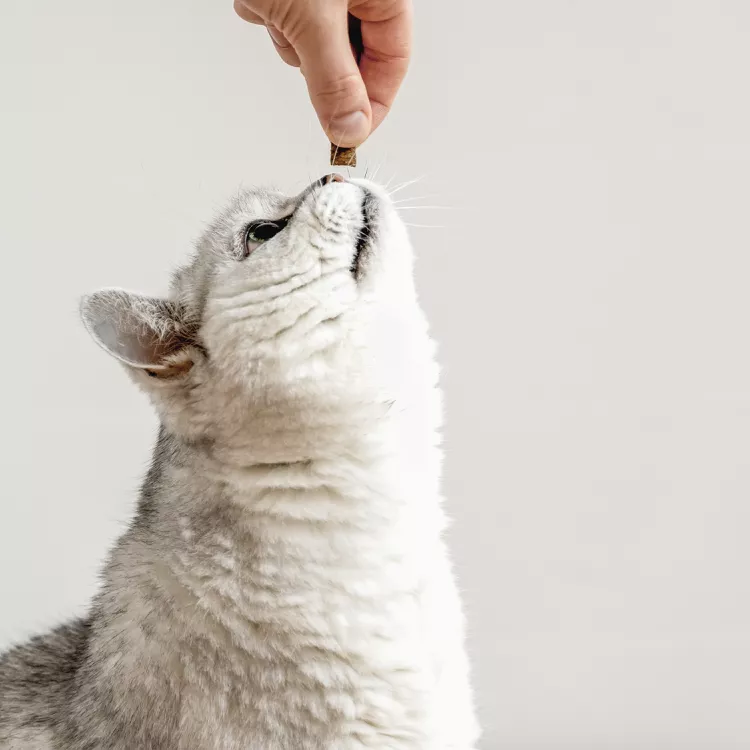
Can Cats Eat Peanut Butter?
Peanut butter is not toxic to cats, but it might not be the best choice of treat for them.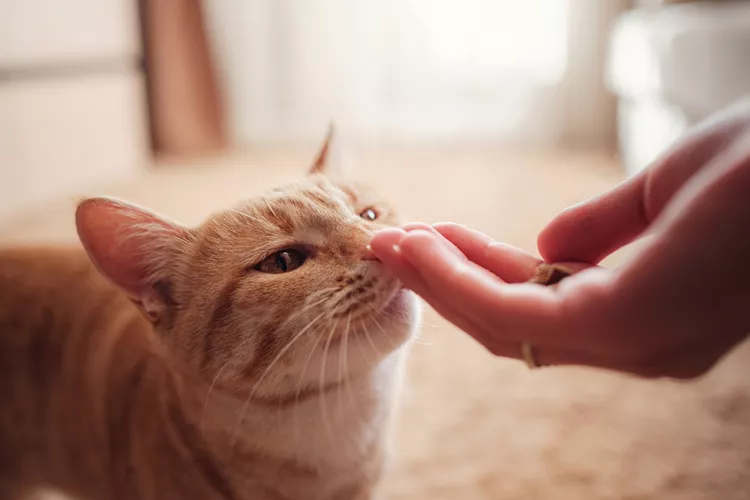
Can Cats Eat Cheese?
Can cats eat cheese? Is it healthy for them? How much can they eat and what should you do if you fear your cat has eaten too much cheese?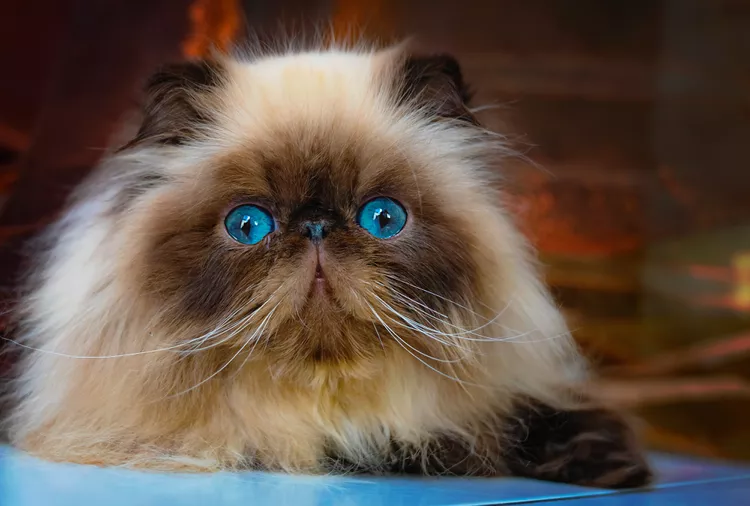
8 Flat-Faced Cats with the Cutest Smooshed Faces
These flat-faced cat breeds have a distinct and adorable appearance. Learn about their origins and traits, and the potential health risks tied to their unique facial structures.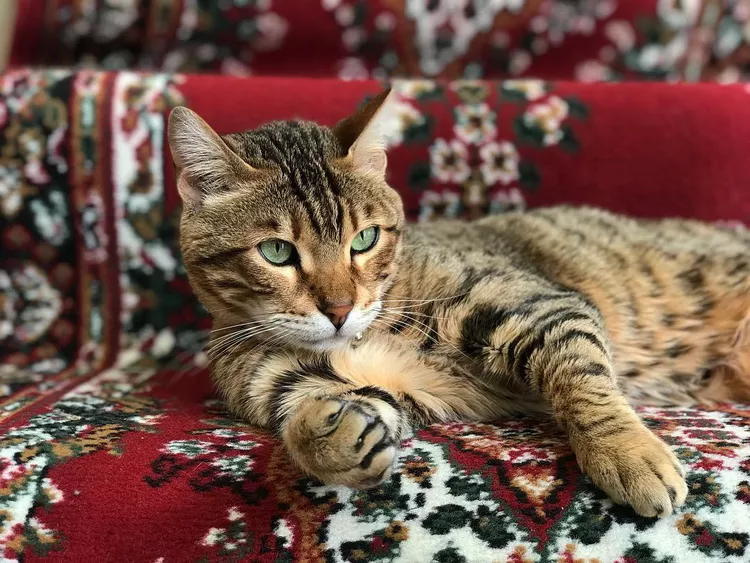
Pictures and Facts About Bengal Cats and Kittens
Bengal cats are a cross between wild cats and domestic cats. Learn more about what they look like and pictures of this beautiful spotted breed.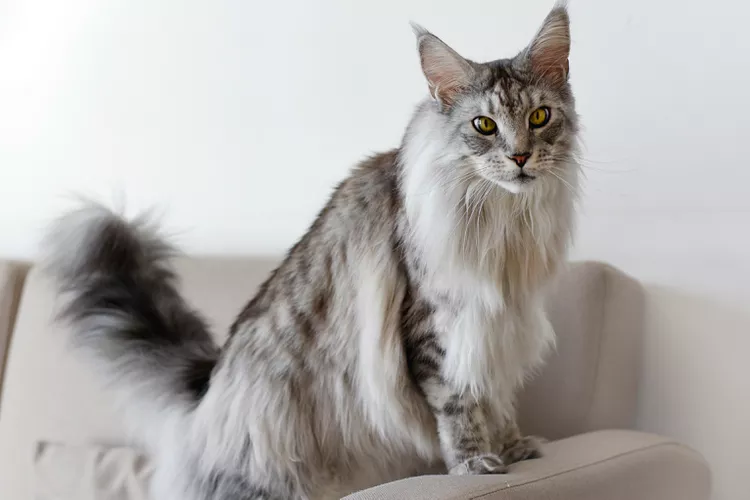
Top 10 Big House Cats
Larger cat breeds, like Maine coons and savannahs, deserve just as much love as their petite counterparts. These big house cats tip the scales.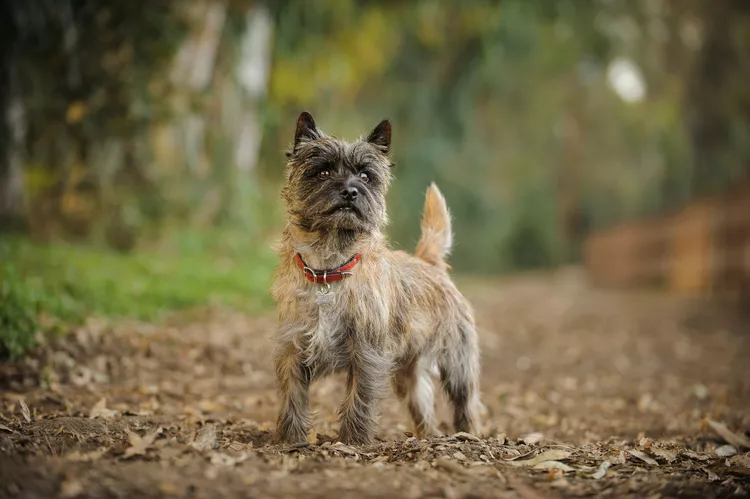
Cairn Terrier: Dog Breed Characteristics & Care
The cairn terrier is a spunky, affectionate, and intelligent dog from Scotland. The breed became famous when one played Toto in The Wizard of Oz. Learn about the temperament, history, health, and care needs of the cairn terrier dog breed.
Reasons Why Dogs Grind Their Teeth
Some dogs grind their teeth. Learn why dogs grind their teeth and if it can be harmful. Find out what to do about teeth grinding in dogs.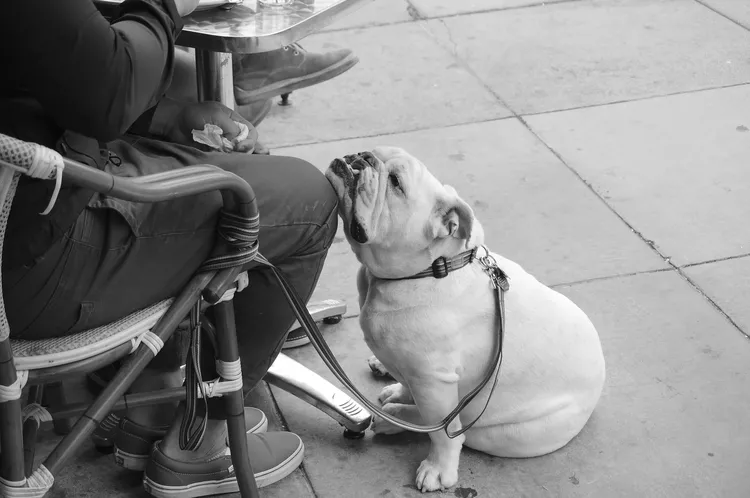
This Is Why Some Dogs Lean on People
Certain dogs really love leaning on their humans. What does this mean? Find out why dogs lean on people and if this is ever a problem.
Can Dogs Get Depression? How to Help Your Sad Dog
Can dogs get depression? Learn about the signs of depression in dogs and find out how to help your sad dog.